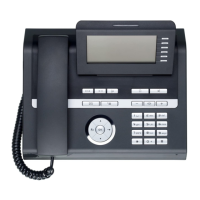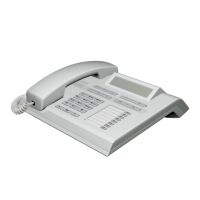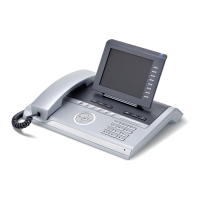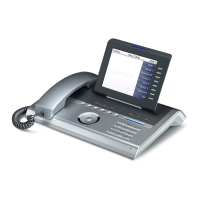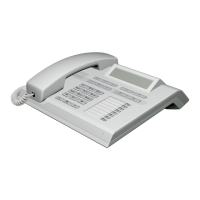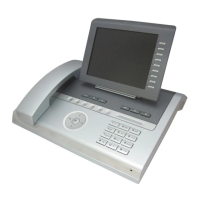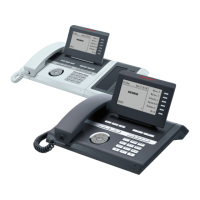Step by step
Functions used when receiving calls
62
Functions used when receiving
calls
Answering calls
Extensions receive different ringing signals and tones
depending on the type of call being received and the
specified country setting. For example, some types of
ringing signals are:
• When receiving an internal call or callback, the tele-
phone rings twice (two short beeps) at 4-second in-
tervals.
• When receiving an external call, the telephone rings
once (single beep) at 4-second intervals
• When receiving an entrance telephone call, the tele-
phone rings three times (triple beeps) at 4-second
intervals.
• When receiving a second call, a short tone (beep) is
heard at 6-second intervals.
• When receiving an alarm clock call, the telephone
rings twice (a long and a short beep) at 4-second in-
tervals).
The display shows the caller’s number, if Caller ID has
not been blocked by the caller. On the HiPath 1100, if
you record a name associated to the number, the name
will also be displayed (if so configured by your system’s
support technician).
...Using the Handset
The extension rings. The display shows the Caller ID in-
formation.
^ Lift the handset.
...Using the speakerphone
The extension rings. The display shows the caller ID in-
formation.
n Press this key. The LED comes on
<<
>>
<<
>>
